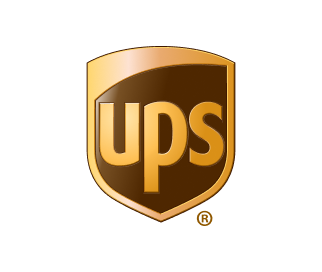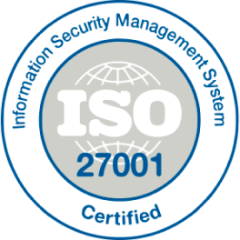Best Returns Management Software for Ecommerce
Stop losing 30% of your revenue to terrible returns experiences
Apply personalized policies for every customer segment, tailored by AI. Automate your ecommerce returns, slash processing time, and promote exchanges over refunds.
Trusted by 450+ global brands

With ClickPost’s real time tracking, customers receive timely updates, significantly reducing WISMO Queries and helping us improve our post purchase experience.
ClickPost’s team were experts in their systems and integrated seamlessly with ours. They proactively resolved every issue, ensuring a smooth experience.
Returns Killing Your Business?
Let ClickPost help you to breakout from the endless loop of messy returns


ClickPost directly improves your bottom line
54%
Returns Converted to Exchanges
39%
Higher Value
Exchanges
40%
Revenue Retained
via Store Credits
With ClickPost, Win With Exchanges
Advantage Exchange
Do Not Miss An Opportunity To Convert
- Retain customers with hyper-personalized exchange nudges
- Boost Revenue with exchanges for size, colour, or style, right on your Shopify site
- Simplify reconciliation by automating exchange price variance adjustments
The Returns Revolution
Less Manual Efforts, More Peace of Mind
- Automate refunds, offer gift cards or discounts as alternates
- Gain flexibility, trigger refunds at your preferred RTO milestone
- Reduce queries by 60% with Real-time tracking for you and your customers
Your Policy, Your Way
Personalize your policy
Configure your own return windows. Set preferred eligibility criteria.
Optimize for your business
Use powerful returns analytics. Uncover hidden patterns, identify areas for improvement.
All the Integrations You Need. One Powerful Platform
Leading Carriers, Shopfronts, WMS, ERP, OMS












Effortless Returns that Boost Loyalty
Less Clicks, Smooth Flow
A low-friction, on-brand experience that delights your customers
Keep Them Informed
Real-time tracking updates over multiple channels
Earn Their Trust
High confident purchases knowing they can return or exchange with ease
Returns that drive Retention
Discover how the most loved brands grow with ClickPost
Straight From the Blog
Returns Management Software (FAQs)
Everything you need to know about ClickPost’s eCommerce Returns Management Software
What features does ClickPost’s Returns & Exchanges Management Solution offer?
ClickPost simplifies returns and exchanges with a fully customizable self-serve portal, real-time tracking, and multi-channel notifications. It enables automated refunds, 360-degree exchange solutions (including managing exchange price variance), and personalized exchange nudges to drive conversions. Brands can set custom return policies or create new ones using ClickPost’s advanced configurations. Shopify stores can also seamlessly enable catalog-wide exchanges with ClickPost.
How does ClickPost improve customer experience during returns?
ClickPost makes returns simple and fast with a self-serve portal, real-time tracking, automated notifications on multiple channels, and admin support for quick resolutions - turning returns into a retention opportunity.
How does ClickPost reduce revenue loss from returns?
By promoting exchanges over refunds with hyper personalized nudges, offering catalog wide exchanges, customising return windows and optimizing policies backed by data, ClickPost helps brands retain revenue while reducing operational strains. Furthermore, Brands can offer in-store credits as an option to process refunds.
Can the returns portal be customized to match our brand?
Yes! ClickPost’s white-labeled returns and exchanges portal allows brands to customize the UI, offer return and exchange options in a single view, and enables policy personalization, ensuring a hassle free and branded customer experience.
Top-notch security certifications

SOC 2
SOC 2 standards for worry-free data security

GDPR
Compliant with data security & privacy

ISO 27001
Internationally certified for information security

ISO 27701
Utmost user privacy for safety of users


.png?width=879&height=549&name=Page%2074%20(1).png)